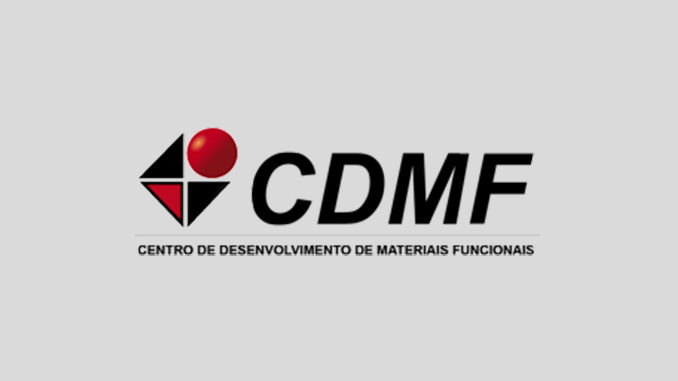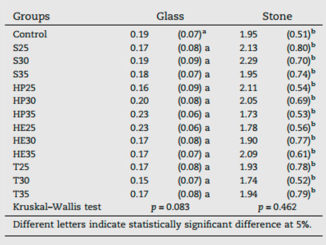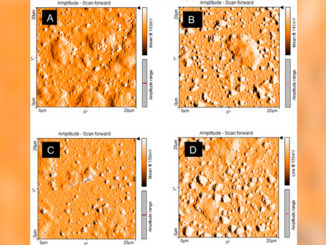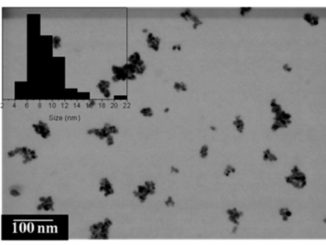
Writers: Silvanice A. Lopes, Natali. A. Cruz, Daniela C. Manfroi, Rafael G. Dias, Margarete S. Silva, Maria A. Zaghete, Ademir dos Anjos, Alberto A. Cavalheiro, Lincoln C.S. Oliveira
Keywords: Titanium dioxide; Polymeric precursor method; Iron-doping; Photocatalysts
Abstract: The Polymeric Precursor Method has proved suitable for synthesizing reactive powders using low temperatures of calcination, especially when compared with conventional methods. However, during the thermal decomposition of the polymeric precursor the combustion event can be releases an additional heat that raises the temperature of the sample in several tens of degrees Celsius above the set temperature of the oven. This event may be detrimental to some material types, such as the titanium dioxide semiconductor. This ceramic material has a phase transition at around 600 ° C, which involves the irreversible structural rearrangement, characterized by the phase transition from anatase to rutile TiO2 phase. The control of the calcination step then becomes very important because the efficiency of the photocatalyst is dependent on the amount of anatase phase in the material. Furthermore, use of dopant in the material aims to improve various properties, such as increasing the absorption of radiation and in the time of the excited state, shifting of the absorption edge to the visible region, and increasing of the thermal stability of anatase. In this work, samples of titanium dioxide were synthesized by the Polymeric Precursor Method in order to investigate the effect of Fe (III) doping on the calcination stages. Thermal analysis has demonstrated that the Fe (III) insertion at 1 mol% anticipates the organic decomposition, reducing the combustion event in the final calcination. Furthermore, FTIR-PAS, XRD and SEM results showed that organic matter amount was reduced in the Fe (III)-doped TiO2sample, which reduced the rutile phase amount and increased the reactivity and crystallinity of the powder samples.




